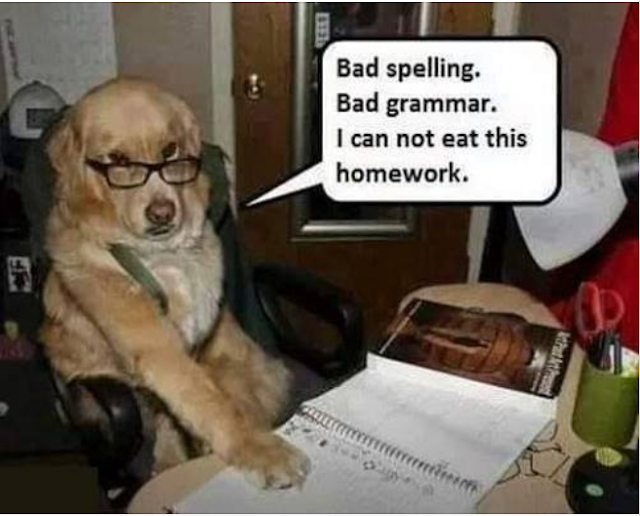I taught 50+ writing classes and always enjoyed taking people through the steps neglected in my schooling. No one taught me those systematic steps in good writing, so I taught a thousand or more writing students. Students in other classes get the same treatment.
People often say, "I hate writing," but what they mean is "I hate the pain of writing." That comes from turning the opportunity into a problem. Writing is the most organized form of thinking, so the art is a great weapon, a superb defense, and a lot of fun to use.
- If we stop and think, trying to concentrate on one topic, our minds are still assaulted with a typhoon of images, sounds, thoughts, emotions, and random memories.
- When we speak, our thoughts are more organized, though we are terribly verbose and often obscure. A typescript of a TV program, whee various experts speak, is quite long and difficult to follow.
- But writing is necessarily more organized, more easily amended, more conveniently disciplined from start to finish.
Readers tend to become writers, and writers are voracious, predatory readers. I once stopped someone from buying a book at a seminary book auction, giving him a speech about how I had to have it. Soon it was mine.
Here Are the Seven Steps of Writing
Better
Grades – The Seven Steps
for All Writing Assignments
Teaching is grading, and grading is teaching. Do not be
offended by my corrections and suggestions. I only want to make you more
successful in school and in your careers.
The following is how professional
writers get their work done fast and effectively. The Seven Steps are the opposite of students
at work – “How many words? Type, type, type. Check word-count. Need more. Type,
type, type. Word-count good. Submit.”
Title –
Creating a title is an important first step in coherent writing. Open up Word
or a presentation software and name it. APA means a title page and a references
page at the end. Skip those for lower grades.
Outline – An
outline can be in Roman numerals or without numbers. The idea is to create a
framework for thoughts that lead to the final product.
Research – The
energy behind great writing is great research, even with a personal reflection.
Curiosity motivates research, just as the right food is essential to run a long
race. Quoting the textbook is like eating a Little Debbie cupcake. I suggest
aiming at (no heart attacks please) five good academic references for each
assignment. That means per team member for team assignments. Extreme? – the
best students aim high and that becomes a habit.
First
Draft – After those initial steps, anyone should be able to sit
down and write the first draft quickly and efficiently. Rather than stopping
and perfecting, write fast and add quotations afterwards. Use APA software or
an APA template.
Second
Draft – There are two ways to self-edit. One is to read it out
loud to someone or a pet. The other is to read it from the last word to the
first – reading backwards is an old editor’s trick. As many students have said
in shock, “It works.” Quotations can be added at this point.
Third
Draft – Ideally, have another person read the effort, pointing
out what is good and what needs help. Accept all criticism as valid. I usually
adopt 80% of all suggestions. Lack of clarity is an issue best addressed by the
reader.
Those who practice these steps will find themselves steadily
improving in effectiveness and speed. Professional writers cannot afford the
higher education method – “Look up the word count. Start writing. Check the
word count. Write some more. Print or upload when the word count is reached.”
That sounds like bringing a hog to market.
[Repetition is one of the three steps of education. The other two are repetition, repetition.]

